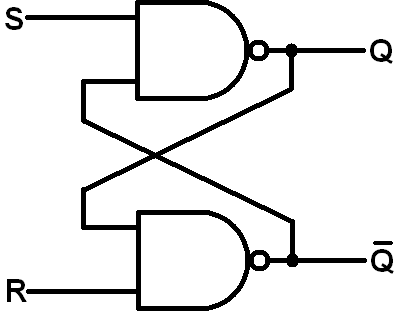I started studying flip-flops recently and I am stuck at this point:
At some video tutorials, people explain the SR flip-flop like this:

So they use NAND gates, producing a transition table like this:
| t | t+1
| S | R | Q
| 0 | 0 | INVALID
| 0 | 1 | 1
| 1 | 0 | 0
| 1 | 1 | ?
However, some other people explain the SR flip-flop using NOR gates:
SR2 http://startingelectronics.com/software/VHDL-CPLD-course/tut9-SR-latch/S-R-latch-gates.png
which has a different transition table.
Are both correct? Why do both exist?
Answer
Both are SR latches.
The SR NOR latch will have the following truth table:
----------
S R Q
----------
0 0 no change
0 1 0
1 0 1
1 1 not allowed
----------
SR NAND latch is an inverted version of SR NOR latch. The truth table of which is:
----------
S R Q
----------
0 0 not allowed
0 1 1
1 0 0
1 1 no change
----------
No comments:
Post a Comment